The hydration containers market is currently characterized by a dynamic competitive landscape, driven by increasing consumer awareness regarding health and sustainability. Key players such as Hydro Flask (US), CamelBak (US), and S'well (US) are strategically positioned to leverage these trends. Hydro Flask (US) focuses on innovation in product design and functionality, emphasizing insulated technology that appeals to outdoor enthusiasts. Meanwhile, CamelBak (US) has carved a niche through its commitment to hydration solutions for active lifestyles, often integrating advanced materials to enhance user experience. S'well (US) differentiates itself through stylish designs and eco-friendly materials, appealing to a fashion-conscious demographic. Collectively, these strategies foster a competitive environment that prioritizes innovation and sustainability, reshaping consumer expectations.
In terms of business tactics, companies are increasingly localizing manufacturing to reduce lead times and enhance supply chain efficiency. This approach appears to be a response to the growing demand for rapid delivery and customization. The market structure is moderately fragmented, with several players vying for market share, yet the influence of major brands remains substantial. The collective actions of these key players indicate a trend towards consolidation, as companies seek to enhance their competitive edge through strategic partnerships and acquisitions.
In October 2025, Hydro Flask (US) announced a partnership with a leading outdoor retailer to expand its distribution channels, aiming to reach a broader audience. This strategic move is likely to enhance brand visibility and accessibility, positioning Hydro Flask (US) as a go-to choice for consumers seeking high-quality hydration solutions. The partnership underscores the importance of collaboration in navigating the competitive landscape and meeting evolving consumer demands.
In September 2025, CamelBak (US) launched a new line of hydration packs designed specifically for urban commuters, integrating smart technology to track hydration levels. This innovation not only addresses the needs of a growing urban population but also aligns with the increasing trend of health monitoring. By tapping into the urban commuter segment, CamelBak (US) is likely to capture a new customer base, further solidifying its market position.
In August 2025, S'well (US) unveiled a limited-edition collection in collaboration with a renowned designer, emphasizing sustainability through the use of recycled materials. This initiative not only enhances brand prestige but also resonates with environmentally conscious consumers. The collaboration reflects a broader trend where brands are increasingly aligning with social values, thereby enhancing customer loyalty and engagement.
As of November 2025, the hydration containers market is witnessing a shift towards digitalization and sustainability, with companies increasingly integrating AI and smart technologies into their products. Strategic alliances are becoming pivotal in shaping the competitive landscape, as brands collaborate to enhance product offerings and market reach. Looking ahead, competitive differentiation is likely to evolve from traditional price-based competition to a focus on innovation, technology integration, and supply chain reliability. This shift suggests that companies prioritizing these aspects will be better positioned to thrive in an increasingly competitive environment.


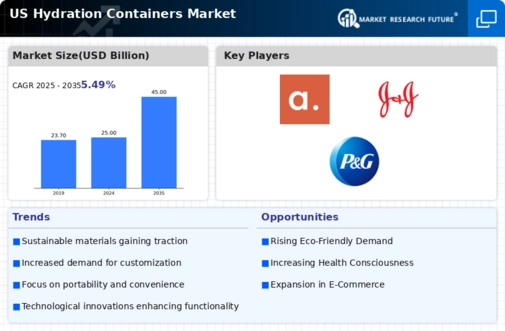

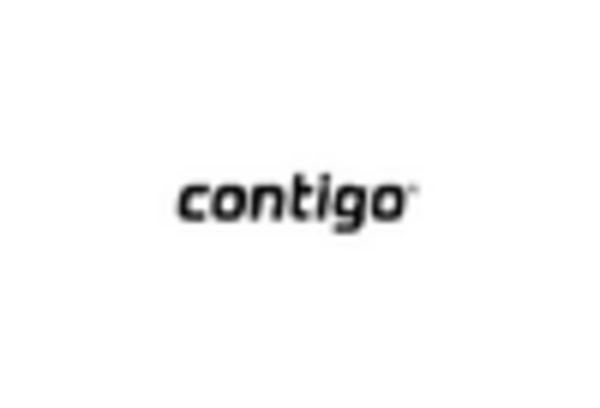

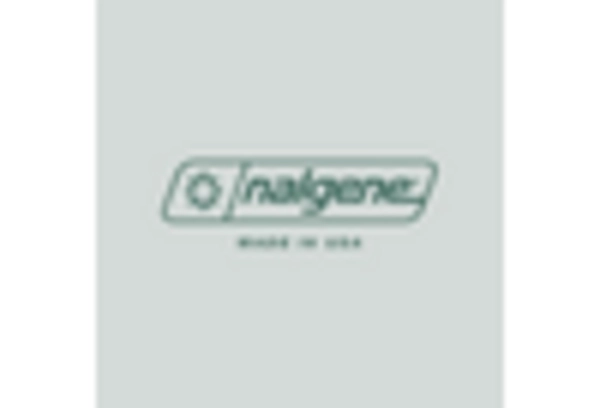
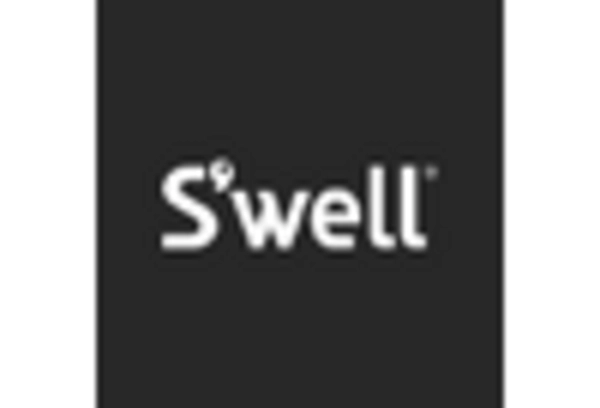
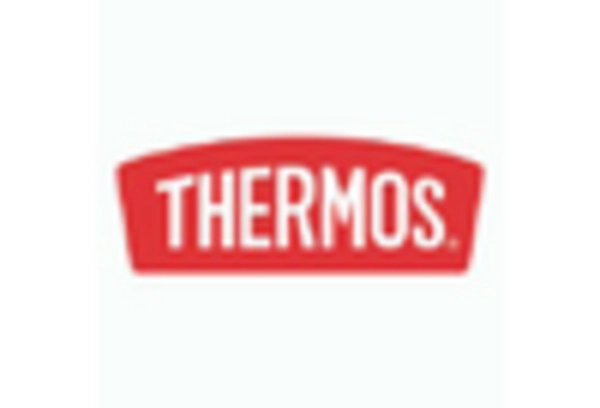








Leave a Comment